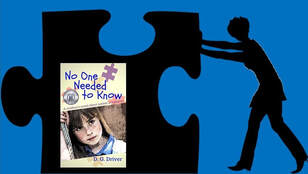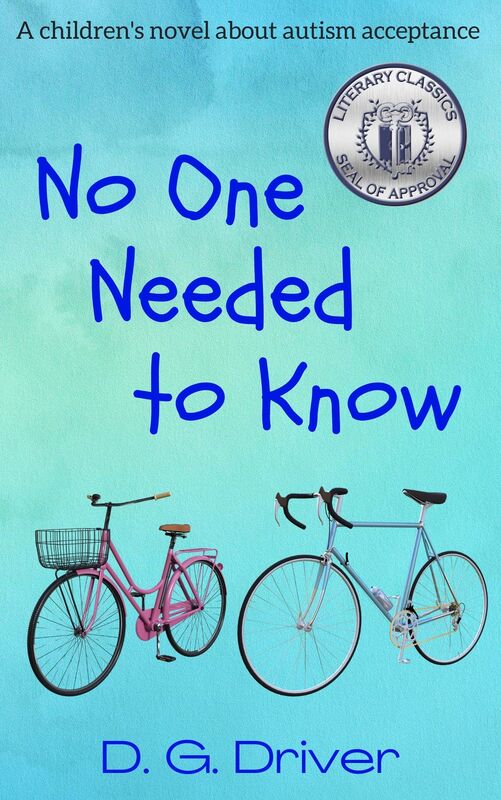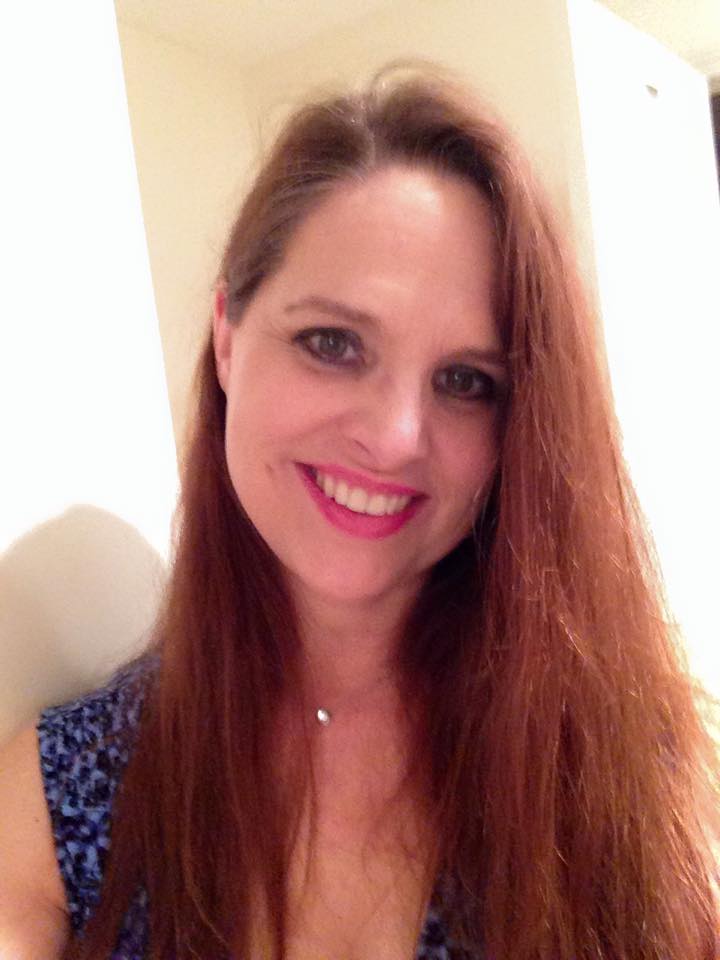 I learned something important today. Despite having an autistic brother and working in special education, I was unaware that the puzzle pieces used so often to promote autism awareness were problematic and being rejected by the autistic community. This issue came up when I did a promotion of my middle grade novel, No One Needed to Know, on a Facebook group called Kids’ Books for a Better World. A person helpfully commented that the cover of my book and ad copy being heavy with puzzle pieces indicated an insensitivity to this issue. I immediately stopped what I was doing and began researching to understand my mis-step. Sure enough, I found many articles supporting this claim and a lot of upset voices from #actualautistic people on Twitter. The history behind the puzzle pieces is unfortunate. It was originally created as a logo for Autism Speaks with the implications that autism was a puzzling disease that needed fixing. Well, as we all know, autism is a lifelong condition and doesn’t need healing or fixing. The puzzle image concept caught on, however, and the puzzle pieces were added to a ribbon that is put on everything supportive of autism awareness. I see it everywhere with regard to trainings I’ve done and merchandise for purchase. I have shirts and a bracelet with the puzzle pieces that are intended to share my alliance as a sibling and educator.  Here are some comments I found from articles: “…the puzzle piece also represents viewing us as ‘puzzling’ or a ‘mystery’. Often terms used in the past referring to autism. For autistic people this is problematic, as we don’t wish to be viewed as akin to a puzzle that can’t be worked out.” Altogether Autism “Autistic people reject the puzzle piece symbol for multiple reasons, but the main reasons are that it is infantilizing, it promotes the mentality that autistic people are incomplete or are missing puzzle pieces, and it treats autism as a disease that needs to be ‘treated’ or ‘cured.’ The primary colors of the autism awareness ribbon supports the misconception that autism is something that only appears in childhood, and autistic adults are largely ignored in the conversation about autism.” In the Loop about Neurodiversity  In fairness to those who, like myself, have been unaware of this growing frustration with the symbol, there are people who still view the puzzle pieces with affection and in a positive way. These two articles show some differing perspectives and how this is still a hot, unresolved issue. https://the-art-of-autism.com/the-autism-puzzle-piece-a-symbol-of-what/ https://www.autism-society.org/about-the-autism-society/history/autism-awareness-ribbon/ The new symbol that is widely accepted is an infinity sign. It is either in rainbow colors to reflect the spectrum of the disorder or it is gold in reference to AU on the table of periodic elements. My novel No One Needed to Know is from the perspective of an 11-year-old younger sister of a teen autistic brother. She deals with the frustrations and responsibilities of being his sister and must learn to love and appreciate her brother for who he is. Only then can she help others accept him too. Based on the theme of my novel, I need to be sensitive to the autistic community. I decided that it was time to take the puzzle pieces off of my book cover and create a new design. It’s been three-and-a-half years since the books was published, and, frankly, it needed a new cover anyway. (I spent a lot of today redesigning and uploading the new covers. They may not be available for a couple days.) The bikes represent Heidi and her older brother, Donald, who love to go on bike riding adventures together. I hope that you like it. I’d love to know what you think. Please leave a comment below.
You can learn more about the novel, read an excerpt and reviews, and find purchase links here. Comments are closed.
|
D. G. DriverAward-winning author of books for teen and tween readers. Learn more about her and her writing at www.dgdriver.com Archives
July 2024
Categories
All
|
Author D. G. Driver's
Write and Rewrite Blog
“There are no bad stories, just ones that haven’t found their right words yet.”
A blog mostly about the process of revision with occasional guest posts, book reviews, and posts related to my books.


 RSS Feed
RSS Feed